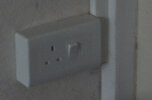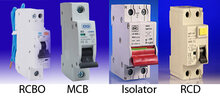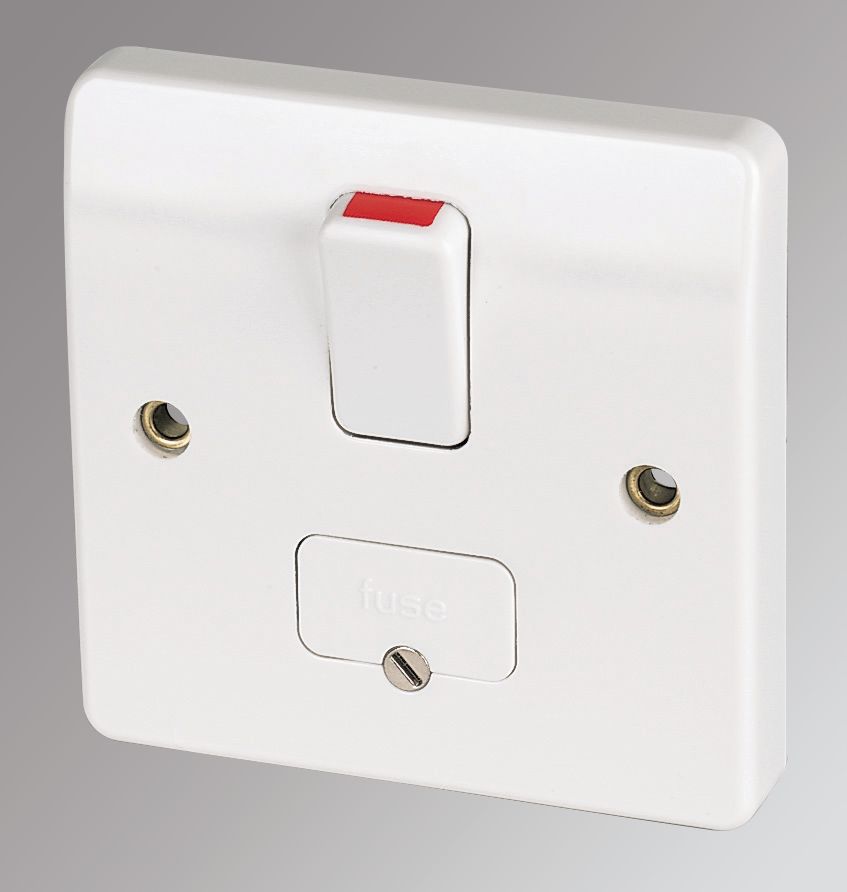Good Morning gentlemen of the internet,
I have ground floor ring circuit I would like to use to supply a dual outlet in my garage. My understand is this is called adding a "spur"
Inside the lounge there is a dual outlet on a metal backing box mounted to the thermalight block of a cavity wall, I would like to drill through straight into the garage (crossing the 100mm cavity) where I could mount a 25mm dual outlet plastic box. (with a 450mm drill bit for example)
From the existing outlet I would wire a twin and earth cable and run it through the drilled holed in the "wall|cavity|wall" into the back of the surface mount 25mm plastic backing box.
please forgive me if my terminology is incorrect, I am new to the UK.
Are there any flaws to my idea?
I have ground floor ring circuit I would like to use to supply a dual outlet in my garage. My understand is this is called adding a "spur"
Inside the lounge there is a dual outlet on a metal backing box mounted to the thermalight block of a cavity wall, I would like to drill through straight into the garage (crossing the 100mm cavity) where I could mount a 25mm dual outlet plastic box. (with a 450mm drill bit for example)
From the existing outlet I would wire a twin and earth cable and run it through the drilled holed in the "wall|cavity|wall" into the back of the surface mount 25mm plastic backing box.
please forgive me if my terminology is incorrect, I am new to the UK.
Are there any flaws to my idea?




